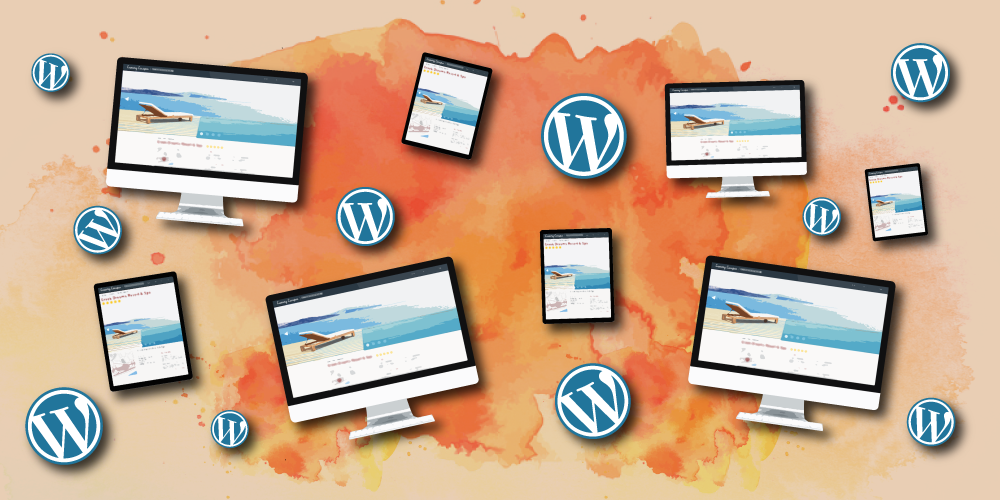Update: Read Jonathan Bossenger’s rebuttal to this controversial article.
Every time I use WordPress Multisite, I die a little inside.
When it was released with WordPress 3.0 back in 2010, it was an exciting new feature – solving what was, at the time, a significant challenge for designers and developers. Today, it’s so sluggish, confusing and poorly supported that it is eroding the WordPress brand.
Killing a feature is always hard, but I think it’s time. Let’s deprecate WordPress Multisite once and for all, so we can all move on to a brighter future.
Multisite is a ‘solution’ to a problem that no longer exists
Twelve years ago, the world of hosting, DNS and single-sign-on was much less sophisticated, and the idea that you could have a single WordPress “install” handling multiple web sites was pretty cool. I even paid a lot of money in license fees for similar products, like ExpressionEngine Multisite, that accomplished similar goals when WordPress was still in its early days.
Today, however, it is nearly effortless to set up multiple sites on the same web host and route subdomains or subdirectories to different servers or document roots. You can even add a powerful CDN and firewall via Cloudflare for free, which is the kind of thing that was unheard of a decade ago. Just as your iPhone is more powerful than the computers that landed on the moon, Multisite is a tool that was awesome when it came out, but is simply no longer necessary or helpful. Instead of making WordPress seem powerful, it makes everyone’s experience confusing and convoluted.
All the ‘features’ really seem like bugs
It’s not Multisite’s fault, but all the things that were cool about it back in the 2010s just don’t work anymore, and to me they look a heck of a lot like bugs.
Take, for example, a single-sign-on between two sites on different domains. Sure, you technically have the same password on both sites – but because of the strict rules around sharing cookies between domains, you have to log in twice either way! And the byzantine system of assigning admins, “Super Admins” and other users to each individual site in a Multisite network means that, more often than not, people don’t know what their permissions are, and don’t know how to fix those permissions when there’s a problem. On almost every Multisite install I manage, we’ve had to tediously go through and check a seemingly endless series of manual checkboxes just to make sure people have access to things that would be default and easy in “normal” WordPress.
Twelve years ago, there was no easy way to integrate single-sign-on with a Google Account (or Facebook, or Microsoft, or Twitter, or anything else!), and there were very few easy password manager tools, so having fewer passwords to remember really was a nice thing. Now we have simple solutions for those problems – trying to solve them via WordPress just isn’t worth the trouble anymore.
Likewise, sharing themes and plugins between sites no longer seems like a benefit to developers or end-users. With one click, we can deploy a parent theme from a Git repository to an unlimited number of sites hosted anywhere in the world – so what’s the real value of having a theme on the Multisite network? If your sites vary even slightly, you end up with way more code than necessary (due to themes and plugins that are used on some sites but not others) and several additional, confusing layers of administration – such as having to learn the difference between plugins that are Network Activated, just plain Activated, or completely incompatible with Multisite for no obvious reason.
It’s time to say goodbye
Multisite was a great idea and has had a long and prosperous life, but it’s time to say goodbye. We should stop confusing clients and stop frustrating developers, and just have one flavor of WordPress that runs a single site at a single Base URL. It’s seamlessly easy to set up multiple sites, subdomains and subdirectories with any web host, and the features that were edgy in 2010 just don’t add any value today.
Let’s deprecate Multisite, save everyone some stress, and focus on bigger and better things.


